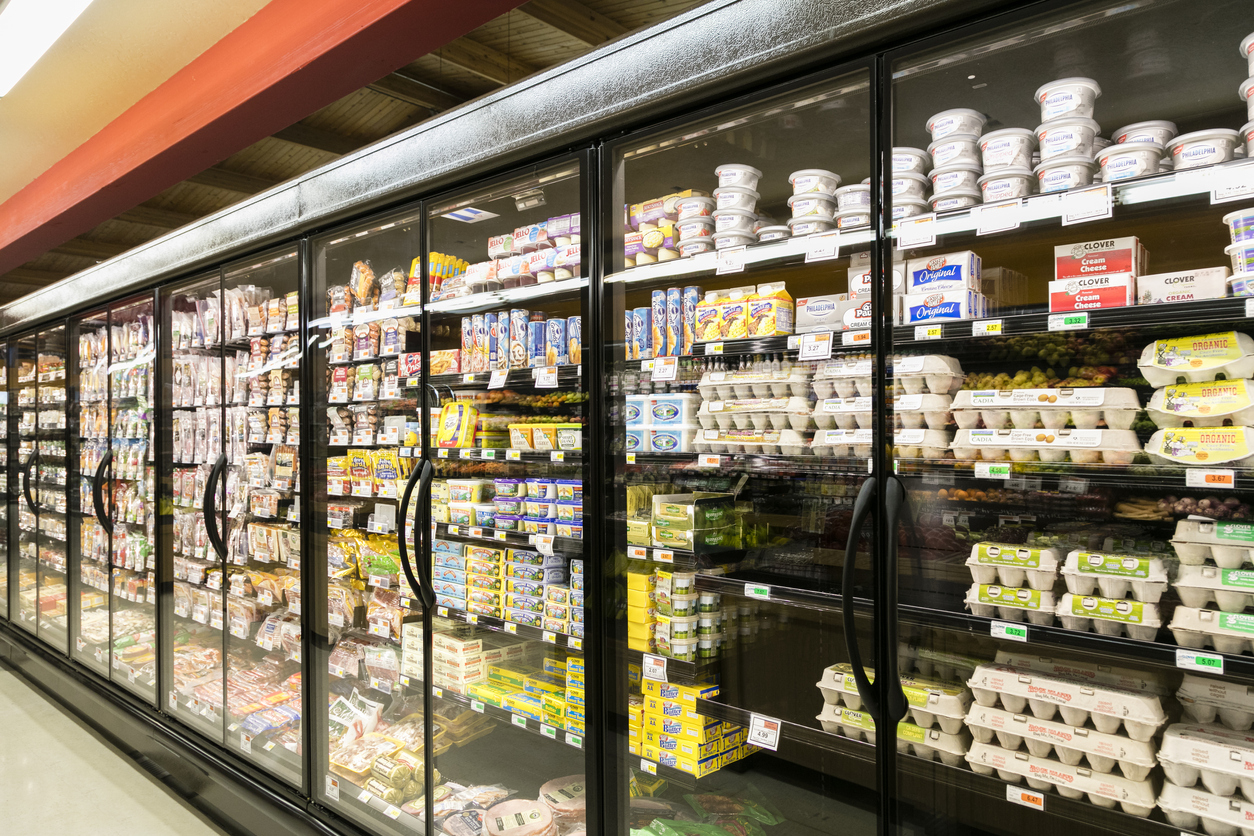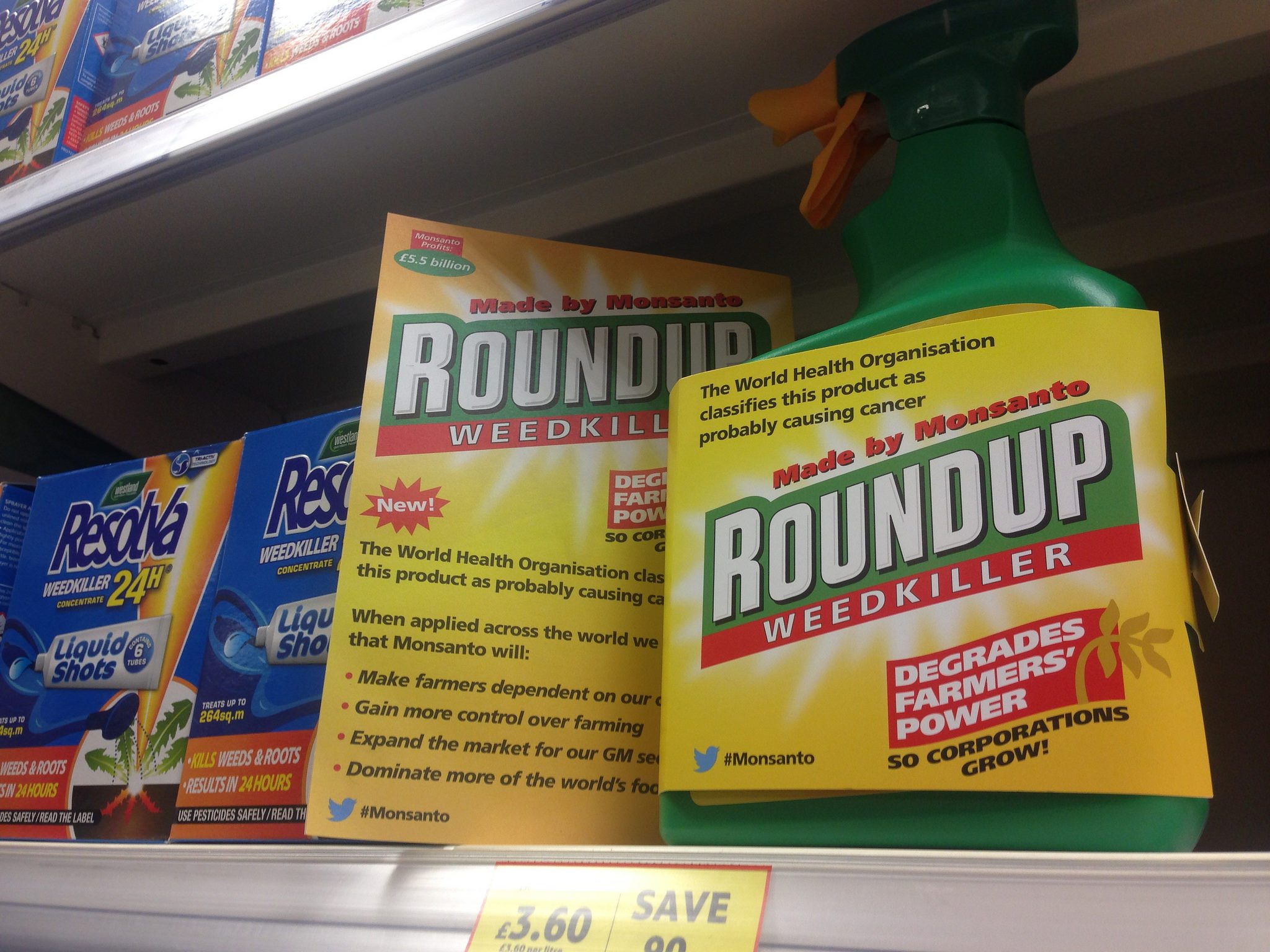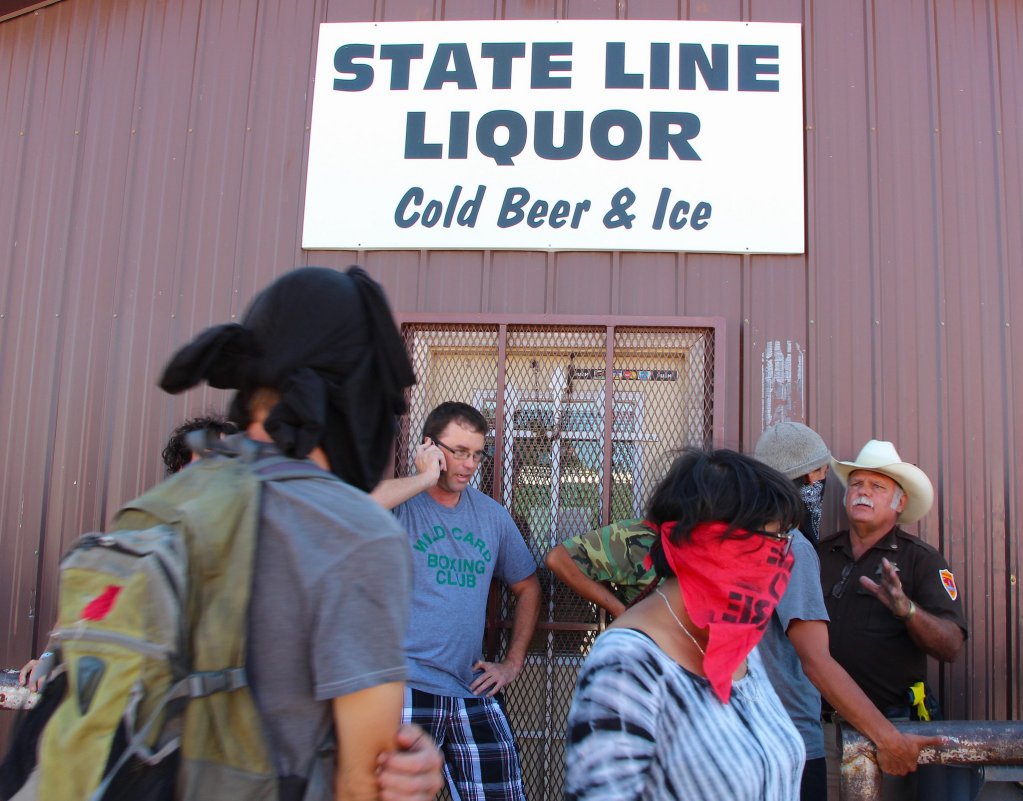
Bill Oxford/ iStock
You may be surprised to learn that a recent multimillion-dollar settlement between the Department of Justice (DOJ) and Southeastern Grocers Inc. (parent company of Winn Dixie, Bi-Lo, and several other southern supermarket chains) is not centered around antitrust laws, deceptive marketing, or other common retail crimes.
This settlement—made jointly with DOJ and Environmental Protection Agency (EPA)—is based on accusations that the refrigeration units (dairy cases, freezers, etc.) in some of the company’s 576 retail locations have been leaking high levels of ozone-depleting refrigerants. While the settlement isn’t an admission of guilt, per se, the company does have to pay a $300,000 civil penalty. It is the fourth similar agreement made between DOJ and a major retail chain—on the heels of Costco, Safeway, and Trader Joe’s—in the last five years. And it may augur more enforcement to come.
The DOJ on Friday announced the terms of its joint settlement with EPA and Southeastern Grocers (referred to as SEG). The focus is on developing a plan, at an estimated cost of $4.2 million, for SEG to reduce persistent coolant leaks in all of its stores over the next three years.
“Through this settlement, Southeastern Grocers will implement concrete steps to reduce leaks of ozone depleting gases from the refrigeration equipment in their stores,” said EPA assistant administrator for enforcement and compliance assurance Susan Bodine in a written statement.
“It really blew my mind,” she says. “Even at this U.N. subcommittee on global cooling, it was clear that they were just learning about the impacts of these chemicals for the first time.”
SEG was dinged for leaks of Class 1 and 2 refrigerants, so classified for their ozone depleting capabilities. The ozone, you’ll remember, is the protective layer of our atmosphere that absorbs much of the UV radiation from the sun. Class 1 chemicals were supposed to be phased out in all industries by 2005, so any usage in this country is illegal. These include chlorofluorocarbons (CFCs), a class of coolants and aerosol propellants which were often referred to by the DuPont brand name Freon. If you recall the era, there was a lot of hand-wringing over aerosol hair sprays and commercial air conditioners. That’s now in the past.
Class 2 chemicals are all hydrochlorofluorocarbons (HCFCs), and include all the primary refrigerants used today. These chemicals are on a graduated phaseout, on the path to a complete ban by 2030. Two HCFCs—HCFC-142b and HCFC-22—have been deemed higher priority, so they will be completely phased out by next year. They also comprise the majority of HCFCs still in use, so by next year 99.5 percent of this chemical class cannot be produced in or imported by the United States.
These rules are designed to comply with The Montreal Protocol on Substances that Deplete the Ozone Layer (commonly referred to as simply the Montreal Protocol), a voluntary agreement made in 1987 between the U.S. and 196 other countries, to prevent further destruction of the ozone layer. The protocol is an ozone analog to the Paris Agreement, the voluntary global compact which addresses climate change and greenhouse gases (Trump withdrew from this agreement in 2017). The voluntary actions taken by member countries of the Montreal Protocol thus far are credited with significantly reducing the ozone hole over the Antarctic.
As Class 1 and 2 chemicals were phased out, a third category of chemicals called hydrofluorocarbons (HFCs) came into favor. These chemicals, now commonly used as refrigerants, contain no chlorine, a key contributor to ozone depletion. However, they are highly damaging in a different way. They are known as “super greenhouse gases,” with effects on climate change 1,000 to 9,000 times more significant than carbon dioxide.
In 2016, an amendment was added to the Montreal Protocol, recognizing the potential damage of HFCs. The ubiquity of HFCs is alarming climate researchers, as the full impact of refrigerants on climate change is increasingly recognized. In fact, the influential Drawdown Project, a collaborative research project of more than 250 climate researchers from 22 countries, cites refrigeration management as the top global priority in averting a climate disaster, ahead of 80 other mitigation strategies. The Kigali Amendment now mandates an 80 percent reduction in HFC usage by 2047.
 Project Drawdown, 2017.
Project Drawdown, 2017. In 2017, over 250 climate researchers from Project Drawdown concluded that refrigeration management is the top priority in fighting climate change.
“We’re all so focused on modifying parts of our life to combat climate change—eating less beef, flying less—when refrigerants are this massive factor that nobody is talking about,” says Jennifer Bernstein, an environmental lecturer with the Spatial Science Institute at the University of Southern California. “I help my kid out in her school garden, which doesn’t do much but makes me feel like I’m doing something. It’s not like I’m about to study refrigeration management!”
Twilley says this awareness gap is closing, and that more and more people are growing savvy to the role coolants play in both ozone depletion and climate change. The issue is implementing solutions. There are natural alternatives to our current coolants, but they require building entirely new refrigeration systems.
“We can’t just switch new, climate-friendly chemicals into the systems we’ve already built,” says Twilley. “This requires building new systems from scratch, a costly endeavor. It’s not surprising that supermarkets might be reluctant to start over.”
That said, innovations are emerging. For instance, the British supermarket chain Sainsbury’s implemented a test run of the Dearman engine in its refrigerated trucks. A relatively recent invention, the Dearman uses liquid nitrogen, which has come into favor as a climate-friendlier alternative to HFCs and HCFCs.
And SEG’s new settlement—following on similar agreements between the DOJ and Trader Joe’s, Safeway, and Costco—will force it to reevaluate its refrigeration practices. On top of much more rigorous leak monitoring and mitigation, the supermarket chain owner must also use “non-ozone depleting advanced refrigerants at all new stores, and an additional 15 existing, non-advanced refrigerant stores.”
The specific allowable refrigerants were not available at press time. Southeastern Grocery did not respond to multiple calls for comment.
UPDATE 8/29/2019, 4:32 p.m.: EPA responded briefly to some emailed questions after this post was published. The agency’s investigation of SEG began in 2015, but the spokesperson would not comment on what prompted it. As to why this was a priority issue for EPA, he replied, “EPA implements and enforces Title VI of the Clean Air Act, which focuses on ozone layer protection. This settlement will prevent releases of ozone depleting gasses into the air, thereby protecting the ozone layer.”











